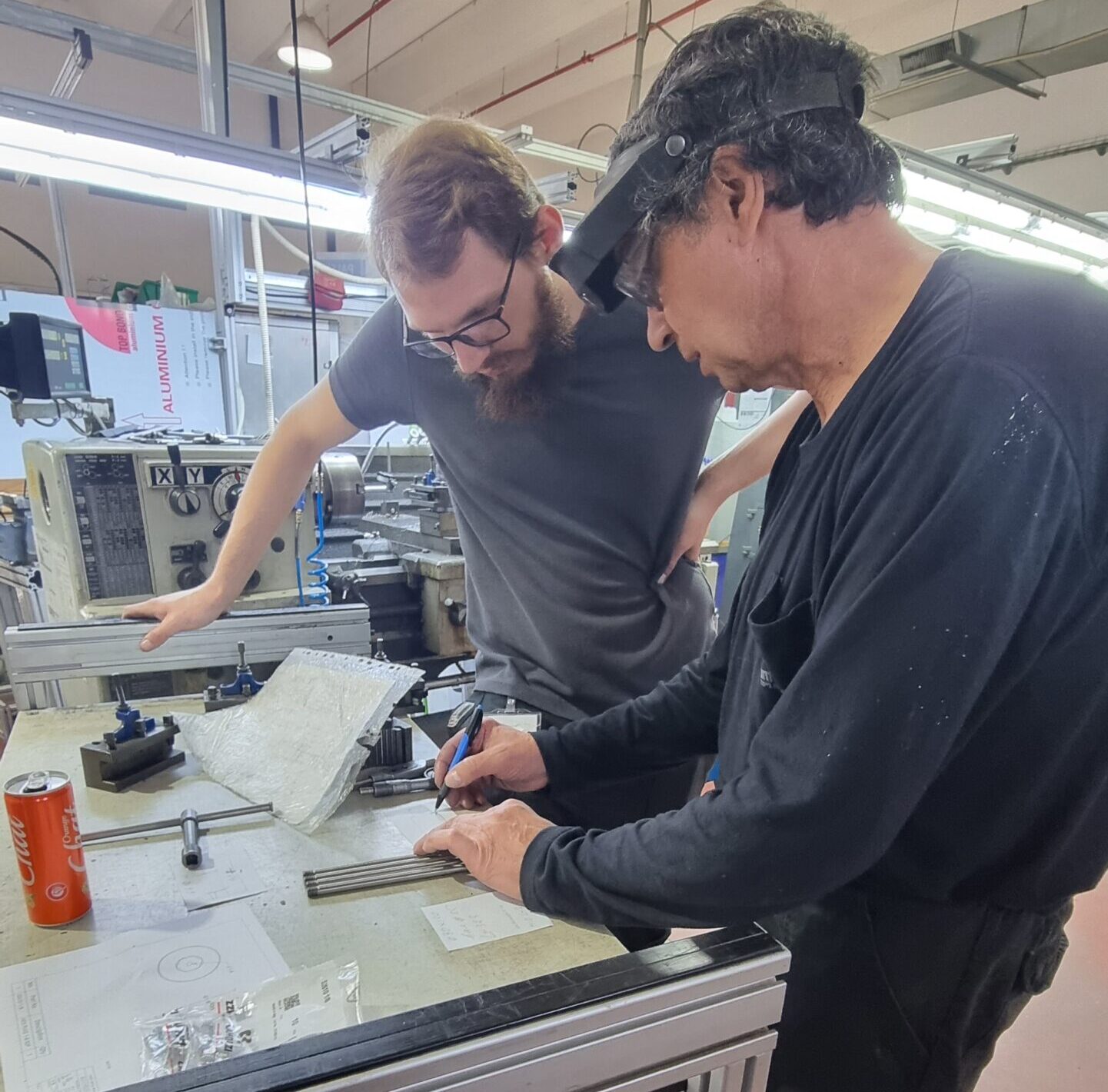Often, a new project begins with a small moment — someone says: “We really need to improve this.”
It may be a production manager identifying a bottleneck, an engineer realizing there’s new technology that could save hours of work, or procurement receiving a request to “find a smarter solution.”
Very quickly, that small idea becomes something big — discussions start, more departments get involved, and the project touches infrastructure, budgets, operations, and people.
And here comes the real challenge: How do you turn a good idea into a structured, well-managed process that actually delivers results?
The following tips are drawn from dozens of industrial projects — from those that succeeded, and from those that taught us what not to do.
They are intended for professionals who want to work efficiently, avoid unnecessary friction, and lead a stable, well-coordinated process.



1. Start with a Clear, Measurable Objective
Knowing what you want is not enough — it must be defined in a way that can be measured and reviewed.
For example:
“Reduce cycle time by 15% while maintaining current quality levels.”
That is a clear objective.
“Improve the line” — is not.
When the goal is measurable, it becomes easier to create a work plan, allocate resources, and make decisions along the way.
2. Map Stakeholders and Align Expectations
A successful project is built on strong communication — especially between the departments involved.
At the early stage, meet with representatives from:
- Engineering
- Operations
- Procurement
- Quality/Safety
- Relevant suppliers
Establish shared expectations regarding:
- Timelines
- Responsibilities
- Availability
- Decision processes
One good conversation in week one can prevent weeks of frustration later.
3. Evaluate Alternatives and Assess Risks
Before selecting a solution — compare.
Ideally, review at least three alternatives.
Ask:
- Does it integrate with existing infrastructure?
- What will be required for training and maintenance?
- What happens if a critical component fails mid-shift?
Most companies pay more for implementation mistakes than for making the right decision upfront.
4. Execute in Phases — Not All at Once
One common mistake is trying to “close everything at once” — purchasing, installation, integration, upgrades.
In reality, a phased approach provides better control.
Start with clear specifications and design sketches.
Then run simulations or small-scale testing.
Only after that — move to full production deployment.
In automation and robotics projects especially, working in phases helps detect necessary adjustments before the system reaches the live production environment.
This approach reduces risk, saves costs — and strengthens trust among all teams involved.
5. Implementation, Training, and Post-Launch Review
The system going live is not the end — it’s the beginning of its real test.
To ensure long-term success, make sure to:
- Train operators and maintenance staff
- Provide clear, accessible documentation
- Conduct a performance review about a month after launch
Sometimes one minor adjustment at this stage prevents years of frustration.
In Summary
Leading a project in industry requires technical planning, strong coordination between people, and a deep understanding of real-world operations.
When you start with clear goals, align expectations, move in structured phases, and invest in proper implementation — the likelihood of success increases significantly.
And if you’re looking for a professional partner to support your project from specification to full implementation — Automation Yeruham is here for exactly that.




